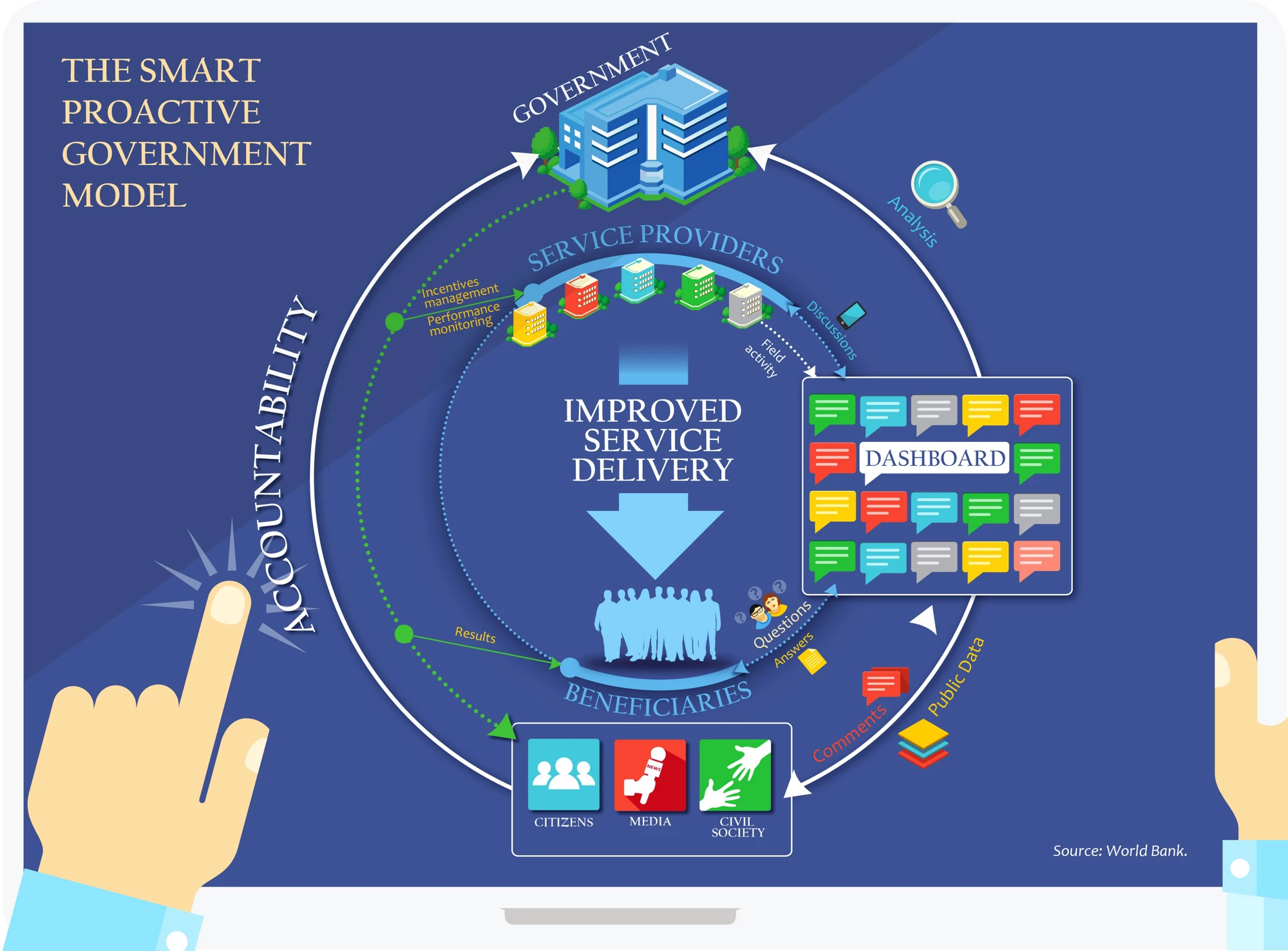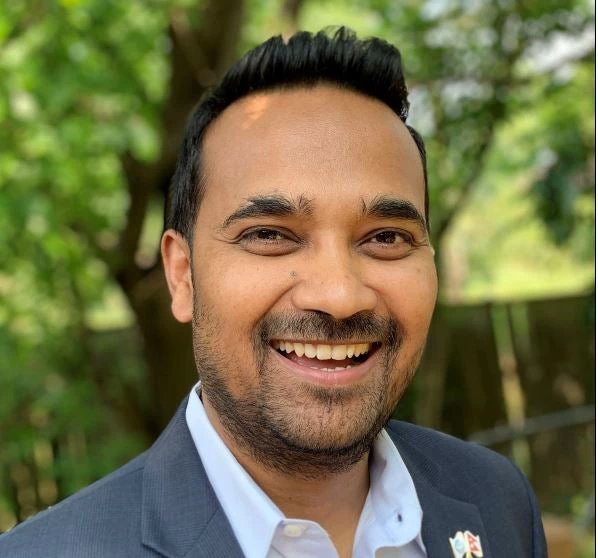
Let’s say on a dark, cold day, electricity supply to your house is suddenly interrupted. With no heat and light, you furiously walk to the nearby government energy administration office to file a complaint.
As you file your complaint, an official also asks for your mobile number and tells you that within the next 24 hours, you will receive help. A day later, you get a text message or robocall asking you whether you have been helped and how the service was.
This process—when government proactively seeks feedback directly from citizens about the quality of its services and makes it mandatory for service providers to use smartphones and creates dashboards for citizens to view real-time information on service delivery—is called proactive governance.
Proactive governance was first introduced in 2011 in Punjab, the most populous province of Pakistan.
Since the launch of the program, more than 4 million SMS requests for feedback have been sent to citizens. Over 400,000 citizens have responded. A survey in 2014 showed that more than half (55%) of citizens surveyed said that overall service delivery had improved, 63% said timeliness of service delivery had improved, and 71% said staff attitude had improved.
75% of those who responded with SMS requests for feedback said they believed this feedback model would help improve the services in the future as well.
This model of governance has the potential to fundamentally transform the relationship between citizens and governments . In Pakistan, a country where citizens are frustrated with lack of good governance and poor delivery of services, proactive governance model is helping rebuild trust and improve services .
It’s a governance model where “the citizen is not coming to the state; the state is coming to the citizen ,” wrote the authors of “Logged On: Smart Government Solutions from South Asia,” a recent report published by the World Bank.
For a proactive governance to work well, it should be mandatory for service providers to use smartphones so citizens don’t have the burden of complaining if they didn’t receive the service they were entitled to.
“Instead the responsibility is on the service providers, who both must prove that they went to the location of service provision and take before-and after pictures as proof that the service was delivered.”
Proactive governance can’t possibly help tackle all of the challenges of service delivery. But early results show that it will help create a system of mutual trust and detect problems that will gradually improve the quality of services and the way those are delivered.
The success in Pakistan persuaded officials in Albania to pilot a proactive governance model as well. Recently, the Ministry of State for Local Issues and Anti-Corruption in Albania launched a SMS campaign to help prevent corruption. Officials hope to break the vicious cycle of corruption by “proactively collecting citizen feedback and using it for management actions.”
In most countries around the world, where a significant part of the population is tech savvy youth, lack of trust in governments and corruption are becoming major challenges.
Proactive governance can be a source of hope for many who want to incorporate citizens’ participation to address deeply rooted inefficiencies and improve public
services.
What do you think? Tell us in the comments.


Join the Conversation